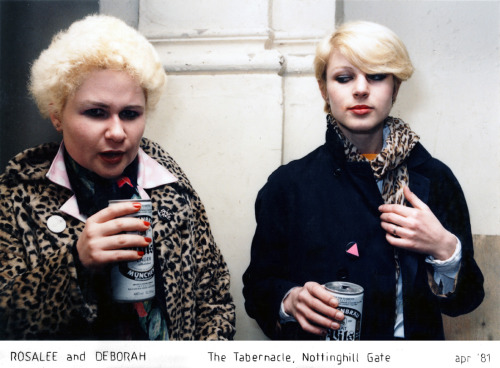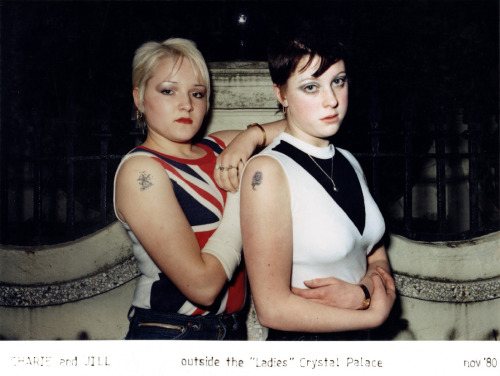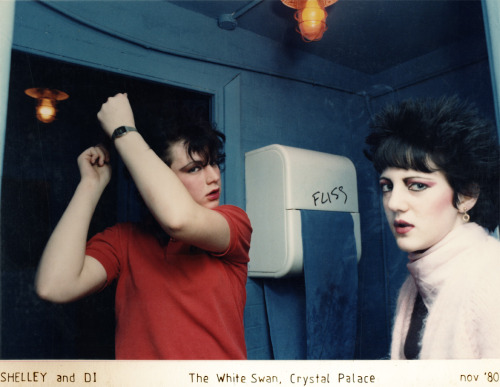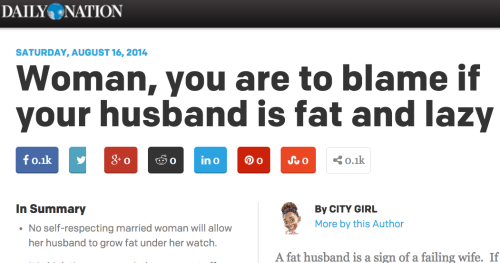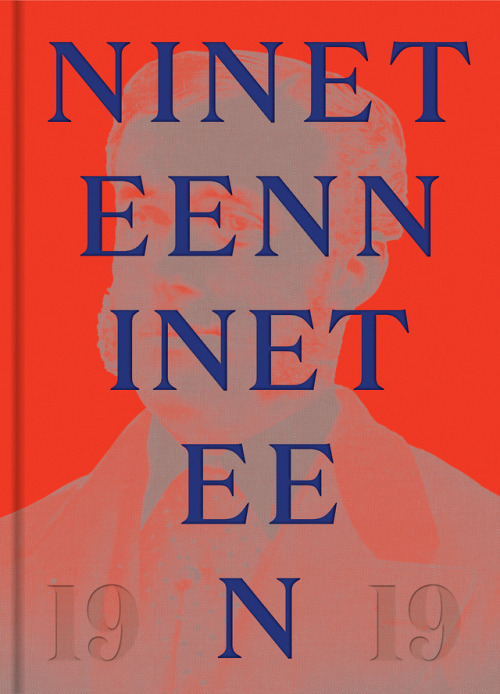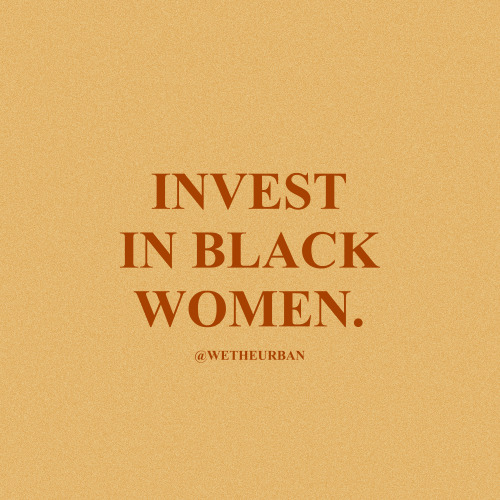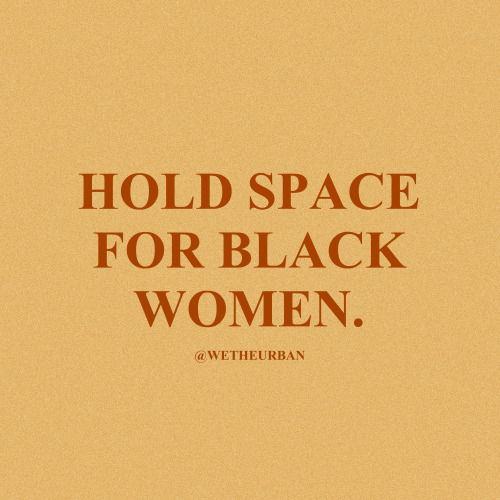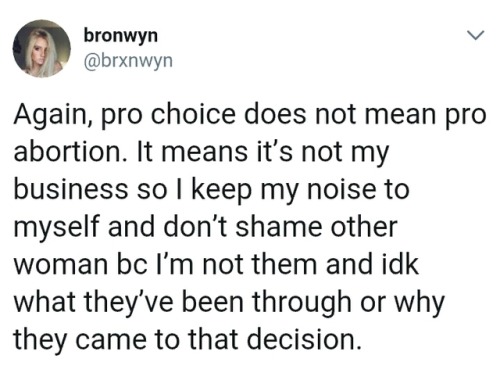#womens rights









We spent two weeks traveling around Uganda, reporting on the lives of its women and girls and it was .
Hear / read / see our reporting: www.pri.org/sold
Follow us on Instagram: www.instagram.com/womenslives

Jessica Morris, Colorado Springs, Colo.
“There’s a very famous phrase in the Captain America comics. It’s the ‘No, you move’ quote. And it’s more relevant today than I think ever before. And it’s basically about the one premise that is most important to this nation and that is to stand up for what you believe no matter the odds or consequences. So when the whole world tells you that something wrong is something right, you tell the whole world no you move.”

Kristin James, Arlignton, Va.
“My sign says legalize love because I think we really need love in a time, state like this. We need to all come together and love each other, love the universe, love our planet, the sun. We are all here in this together. And we need to just bring out the god in each other and uplift each other and be the people that we were here to be. The people that god wants us to be, ultimately. And the root of that is love and not hate, and we can move forward.”

Melissa de Rueyes, Chicago
“I’m here because I’m not afraid and I’m here to support the women’s march. I’m a woman and human rights are also undocumented rights.”

Soumeya Benghanem, Fairfax, Va.
“The struggle we have today, we’ve had before, so that’s what my sign is about. 'We the resilient have been here before.’”
See more over at: www.pri.org/womenslives
In 1980, photographer Anita Corbin decided to turn her lens on the young women of UK subcultures. Over the next two years, rockabillies, mods, goths, rude girls, skinheads, rastas and more posed for Corbin and opened up about what it was like to be a young woman navigating an alt scene, and the importance of female friendships.
“I have chosen to focus on girls, not because the boys (where present) were any less stylish, but because girls in “subcultures” have been largely ignored or when referred to, only as male appendages.” -Anita Corbin, photographer, “Visible Girls”
Listen to our interview with Corbin and learn what happened when Corbin and her portrait subjects reunited earlier this year.
Are you a woman in a subculture? Do you feel welcome? What role do female friendships play in your scene of choice?
Post link
Actual recent headlines by Kenya’s mainstream media.
We spoke to Nairobi women about the effect this culture has on their lives, and what they’re doing to fight it. What to do when the airwaves and papers tell these women they’re inferior — or worse?

Post link
“We can change Kenya,” Halima told the Across Women’s Lives team this week in Nairobi.
Learn more about this tenacious teen and her community of business-minded young women at www.pri.org/womenslives.
Post link

Don’t let the bastards grind you down.
What cyber-logic said.
so, guys, let me google that for you.
Because fact-checking is the source of wisdom.
FINALLY someone reblogs the updated version of my post. Thank you. Everyone has been reblogging the OLD version like crazy, which ended up confusing quite a few people. I updated the text in this image 3 days ago.
If any of my followers are seeing this: Please help reblog this more so it catches up, because it explains the case a LOT better than the old image, which I’ve replaced with this one.
Post link
Coming this fall: a massive centennial exhibition centered on 1919, the year of our founding.
A tumultuous time in our nation’s history, “Nineteen Nineteen” will tell the story of a year in which soldiers returned from World War I, African Americans faced violence during the “Red Summer,” women fought for the right to vote, and cripplingly high inflation sparked labor unrest.
The show will feature approximately 275 objects from across The Huntington’s collections, each made, published, edited, exhibited, or acquired in 1919.
Read more about the upcoming exhibition here
image:
Nineteen Nineteen (2019) by James Glisson and Jennifer Watts. Book to complement the exhibition. Published by The Huntington Library, Art Collections, and Botanical Gardens. Available Aug. 21, 2019.
Post link
There are always questions in regard to slavery such as, “When did the first slaves make it to the America’s?”, “Who approved of such cruelty?” Slavery has inhabited every corner of the globe and still lives on today. Our story of slavery begins in the 1400’s after the Portuguese embark on exploring the coast of West Africa. King Charles II legalized the Trans-Atlantic Slave Trade in the mid 1600’s. This aloud the Royal African Company to transport Africans they called “black gold” to the Americas. By this time, plantations in both the Caribbean Islands and America were booming and owners needed an abundance of slaves to maintain their cash crops. As the number of Africans began to diminish from the coast, Europeans moved inland raiding small towns and villages. You can find more information here.
This is an illustrated image published in The Graphic(a popular London illustrated weekly newspaper) that depicts Muslims raiding and kidnapping people in the East Central Africa region.

During the years 1525-1866, 12.5 million Africans were taken from Africa to the New World. Approximately 300,000 of those Africans were shipped to America. The last U.S. slave ship docked in Mobile Bay 3 years before the Emancipation Proclamation was signed by Abraham Lincoln in January of 1863. She was called Clotilda and came with 110-160 slaves. Here is a picture of what the ship looked like and the path it took to get to America.

Among the thousands of slaves that were taken from Africa to America was Frederick Douglass’ family. Frederick Douglass was actually born Frederick Augustus Washington Bailey and was raised a slave. He ran away at age 20 and adopted the surname “Douglas” after Sir Walter Scott’s The Lady of the Lake. He wrote three autobiographies discussing his life as a slave and two additional biographies (My Bondage and My FreedomandThe Life and Times of Frederick Douglass) that elevated the southern culture. Below is a picture of Douglass in his younger years.
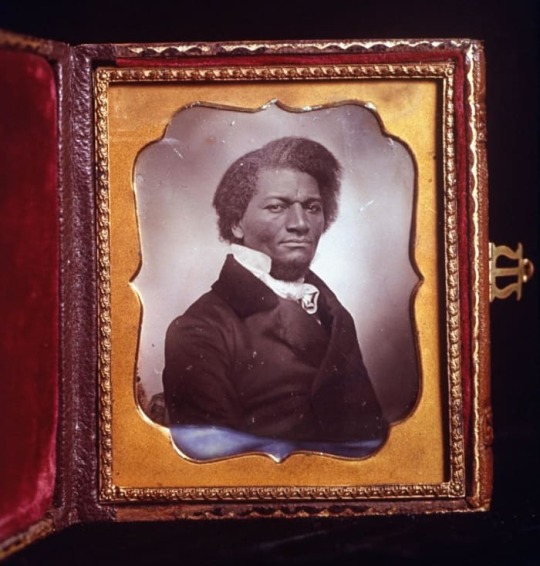
Known as the most important black American leader of the 19th century, Douglass was also a great orator and writer of persuasive power. He was an abolitionist long before the Civil War and even met with President Abraham Lincoln convincing him that “the negro is the stomach of the rebellion”. In other words, if Lincoln frees the slaves he will have more Union soldiers to fight against the Confederacy. After the Emancipation Proclamation takes effect in January of 1863, Douglass recruits black soldiers for the Union. An original hand-signed Leland-Boker edition of the Emancipation Proclamation lives at the Allen County Public Library.
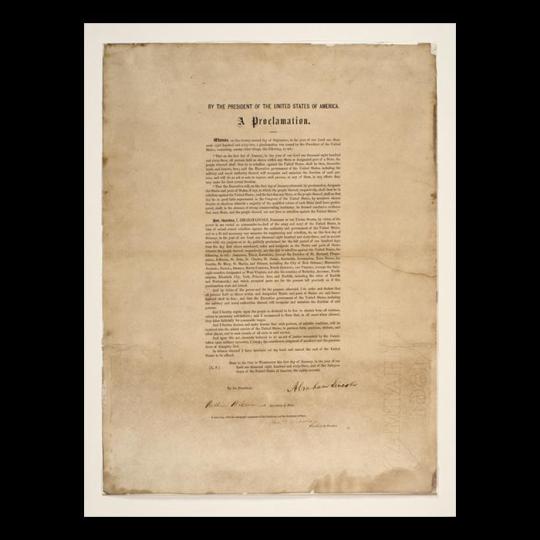
Lincoln valued Douglass’ opinions greatly. Frederick Douglass advocated for issues concerning unequal pay and treatment of African American soldiers and racial inequality. In his book The Life and Times of Frederick Douglass, he wrote,
“Though slavery was abolished, the wrongs of my people were not ended. Though they were not slaves, they were not quite free. No man can be truly free whose liberty is dependent upon the thought, feeling, and actions of others, and who has himself no means in his own hands for guarding, protecting, defecting, and maintaining that liberty.”
Douglass knew the first step to African American independence was the abolishment of slavery, but he knew the equality of whites and blacks would only come with time and with strong leaders to carry-on his legacy. Here is a picture of the abolitionist himself in later years.

In April of 1865, Frederick Douglass along with thousands of people across America mourned the death of President Abraham Lincoln. In Douglass’ eulogy for Lincoln, he strongly states, “…Abraham Lincoln, while unsurpassed in his devotion, to the welfare of the white race, was also in a sense hitherto without example, emphatically the black mans President: the first to show any respect for their rights as men.” Because of this, Douglass gave the citizens of the United States hope for the future; to walk in our martyred President’s footsteps and continue the life Lincoln would have wanted us to live. Below is a picture of Lincoln’s funeral procession in New York.

During Frederick Douglass’ last years he was involved in local politics and served as a marshal for the District of Columbia. His wife of 44 years, Anna Murray, passes away and he remarries Helen Pitts, a white woman. Although his decision to marry Helen stirred controversy, Douglass continued to advocate for the rights of African Americans and even women. He supported Elizabeth Cady Stanton and Susan B. Anthony in their campaign for women suffrage. For reasons such as these we highlight Frederick Douglass’ achievements by composing books to convey his daily struggles and triumphs, teaching it in our classrooms, and continuing to secure the life, liberty, and pursuit of happiness of those Douglass, Lincoln, and many others fought so hard to free.
- Attack girls for attending school
- Allow child marriage because of a pedophile religious leader


